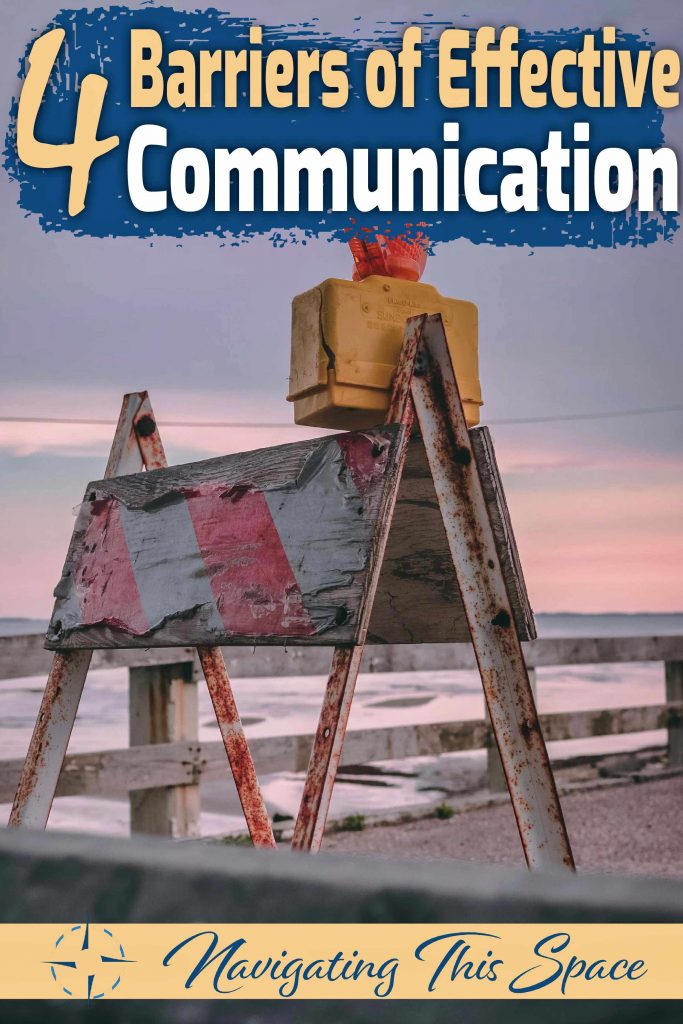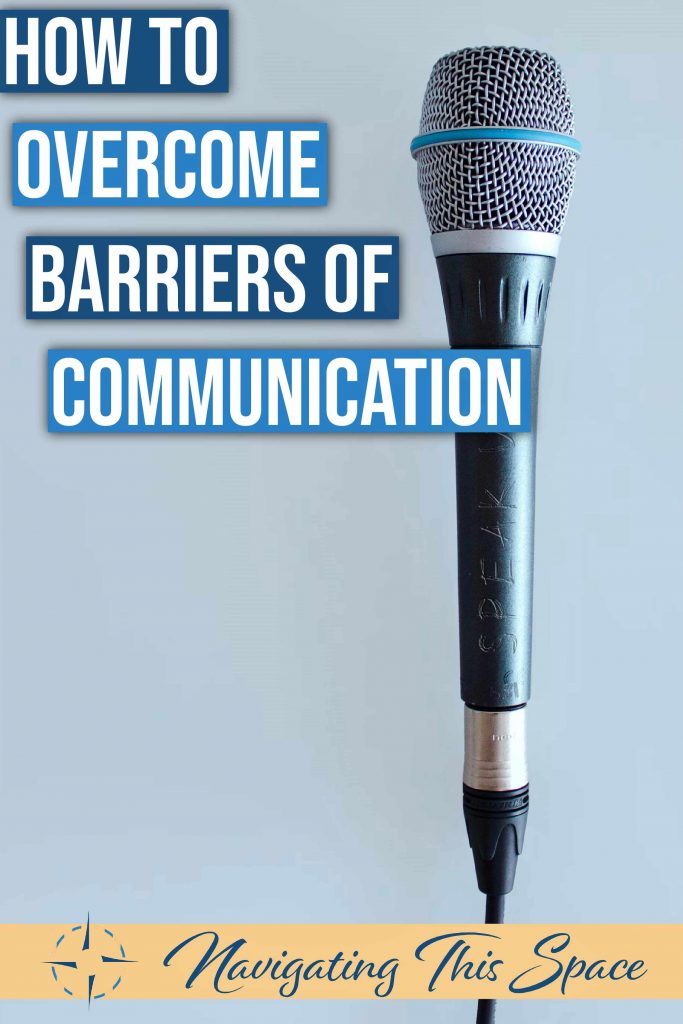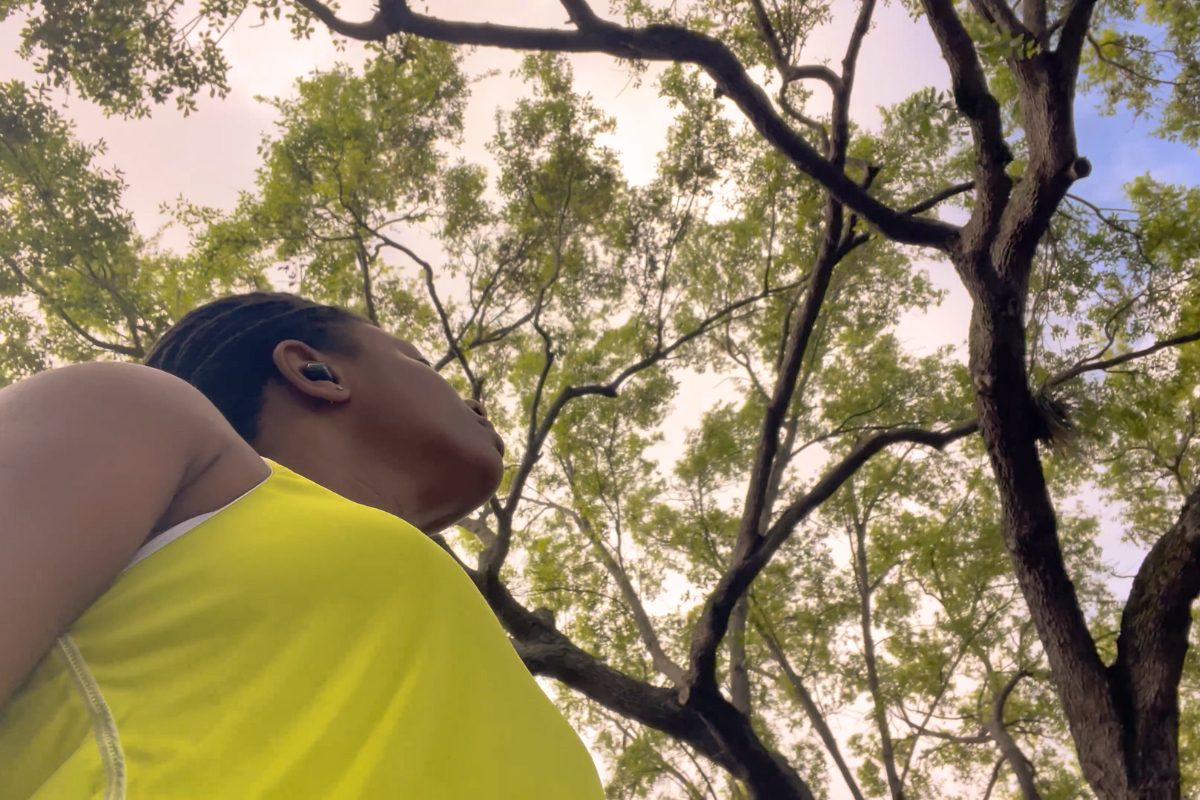Everyone has a preferred style of communication. Some people prefer to be active listeners, while others thrive with visual cues. Barriers of communication are created when communication and cultural styles clash, there is a lack of trust and a refusal to listen.
Communicating clearly isn’t always straightforward. For example, if a situation is confusing and a backstory is omitted with the premise that the other party already knows all the information, you’ll end up with an ineffective, confusing conversation.
Never assume that others know exactly what you know. Assumptions in conversations lead to misinformation.
Barriers of effective communication
You have multiple ways of communicating. Think about how you speak with your friends, your co-workers, your family, your partner, and even yourself. The way you speak with your friend would be different from the way you speak with your parents. Even though there are exceptions to this rule, you generally utilize different communication styles for different people.
Sometimes no matter what communication style you utilize, there will always be some level of misunderstanding. Here are a few reasons why your communication is not being received clearly:
Inability to listen to others
If the person you’re trying to have a conversation with is more interested in speaking over you than listening, then communicating effectively is next to impossible. Some people like to think that they have all the information they need and will reject every piece of advice that is being handed to them.
If you’re in a conversation with someone who thinks it’s okay to speak over you when you’re earnestly trying to explain something, the best decision is to walk away. You’re wasting your time and energy trying to communicate with them, while they are more interested in hearing themselves speak.
This communication barrier will likely be the most frustrating, but think of it this way. If the person was willing to listen, they would at least try to pay attention to what you’re saying.
Lack of trust and transparency
Building trust in a conversation allows it to flow easily without a need for second-guessing. When trust and transparency are elusive, your defensive barriers will start to rise.
What do you do when you don’t trust someone and the information they’re giving you?
You triple check and validate every single claim that person makes. The thing about trust is, once it’s broken, it’s very hard to regain. If you feel like you’re being deceived, you tend to ask more questions than you normally would until that person proves to be trustworthy.
We all start new relationships with the hopes that the other person keeps their word. However, if the person constantly shows you that they cannot be trusted, be wary and keep your distance.
Transparency and trust are required to have an effective conversation and relationships.
Communication styles
As mentioned earlier, everyone prefers a specific communication style. If you as an active listener are having a conversation with a visual communicator, vital information might be misinterpreted.
Pay attention to the person you’re communicating with, they will provide clues on how they prefer to communicate even if they don’t fully understand how to explain it.
- Active listeners prefer listening to audiobooks over reading them.
- Visual communicators prefer to draw their ideas out.
- Verbal communicators will ask a ton of questions.
- People who prefer communicating through writing will send you a text, direct message, or email.
Meet people where they want to be met. If you force someone to do things the way you prefer, you will face a lot of unnecessary stress and backlash. If you’re not comfortable with someone forcing you to do something that feels foreign to you, avoid doing it to others.
Cultural differences
Speaking of doing foreign things, if there’s a misunderstanding of culture, there will be barriers in communication.
For example:
I liked getting on people’s last nerve when they’re being insensitive to others. It’s like a tit for tat type of situation except I become a mirror and reflect their unacceptable behavior to them. From experience, the aggressors hate being confronted, and they tend to take a victim’s stance.
If someone thinks differently because they’re from a different neighborhood or a country, it’s your responsibility to understand them on their level if you want to effectively communicate with them.
Telling someone to do things a certain way because they’re now living in a foreign country is not acceptable. Especially when those things you’re trying to change in them are from their culture.
The saying, “When in Rome, do what the Romans do.” completely ignores individuality and culture.
Yes, learn how the Romans live in order to integrate with the community but don’t forget your roots and uniqueness.
Educate yourself on someone’s cultural background. Understand what is acceptable and what is inappropriate to dissipate the barriers of communication.
Use the four barriers of communication listed above as a guide to identify why a communication process failed. Keep in mind that every person is different. We all come from different backgrounds and have different experiences. Trying to use one communication style for everyone does not promote inclusivity.






You’ve identified major barriers to communication here 🙂 Communicating when there’s a lack of trust and transparency is a tough one!
Great information about communication! Getting your point across is so important, but not always easy to do. I look forward to reading more articles!
Communicating is not always easy for everyone. Thank you for this information. It helps to understand people, their actions, and how we can improve ourselves